I’ll Show You the SEO Basics Your Website Needs in 2024: 7 Key Steps
If you click to purchase a product or service based on our independent recommendations and impartial reviews, we may receive a commission. Learn more
If you want to grow your business online, it’s vital that you’ve covered your website’s SEO (Search Engine Optimization). An effective SEO strategy will boost your business’ presence online, helping more visitors find your website via search engines like Google.
SEO is when you improve your website’s content and performance to increase its visibility on search engines. The better optimized your website is, the more likely it is to rank higher on search engine results pages and be seen by more users.
But how do you get started? Whether you’re launching your first website and need an intro to SEO 101, or simply want to improve your existing skills, I’m going to delve into key SEO basics you need to know. By the end of this guide, you’ll know the ins and outs of optimizing your website for search.
1. Understand How Search Engines Work
To learn how basic SEO works, you first need to understand how search engines work. For the purposes of this SEO guide, I’ll be referring to Google, the biggest platform controlling over 90% of the search engine market. In fact, since most internet users search via Google, it has the biggest audience for your business to tap into.
When a user types a query into search, Google uses complex algorithms to crawl, index, and rank relevant web pages – which are then shown to the user. The algorithm looks for specific criteria (known as ranking factors) when choosing what to show the user. Here are the five key features it takes into account based on official documentation:
- Meaning – Google uses this ranking factor to contextualize why a user is making a search, so it can bring up pages that fulfills this criteria.
- Relevance – This ensures that the algorithm identifies web pages that are most relevant to a user’s needs. It will find keywords that match the user’s query.
- Quality – Finding high-quality content that is helpful for users is Google’s priority. Content that ranks well should experience, expertise, authoritativeness, and trustworthiness.
- Usability – This includes factors that make a page easy for users to access, for example whether the website is mobile-friendly or has quick loading times.
- Context – Google also assesses the user’s personal data to find relevant web pages for them. This includes their current location, search settings, and past search history.
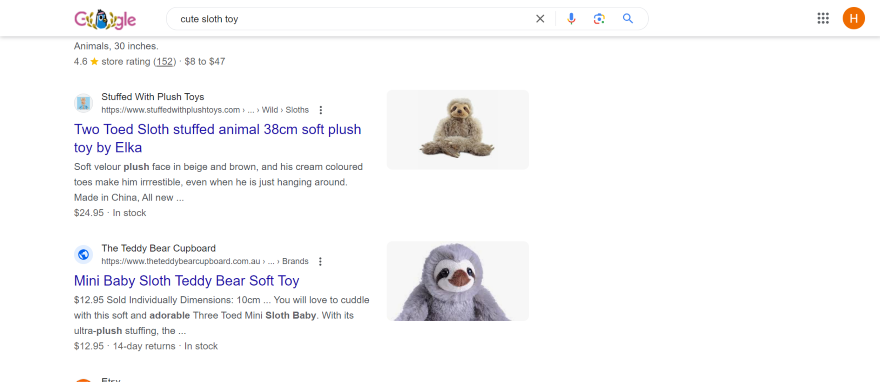
If Google identifies these five ranking factors in your website’s content, then you’re more likely to appear on the first page of Google’s search results. This means that your content can be discovered, and read, by more people – which is always good news. It’ll also help you increase your website’s domain authority, which is calculated by how often your own URLs appear in Google search result pages.
Beside these five key points, Google also looks into over 200 additional ranking factors to decide what to display on search. I’ll be mentioning some of these factors, such as backlinks and website speed, throughout the rest of this article.
Google’s prominence means that alternative search engines, like Bing, Yahoo!, and DuckDuckGo, are overshadowed. However, it’s worth being aware of the smaller percentage of users who use these platforms instead, understanding which search engines your audience favors, and getting to grips with their ranking factors.
What Does Google Mean by Crawling and Indexing?
Crawling is how Google discovers new URLs to add to its system. Its key web crawler, Googlebot, is programmed to identify websites to crawl while fetching information from individual pages.
Websites that are successfully crawled are then indexed. This is when Google contextualizes the meaning behind each page based on key attributes, be it content tags, images, or videos. Once complete, this information is stored in the Google index, which Google pulls from when generating relevant web page recommendations for your queries!
What About Google’s Algorithm Updates?
The company is constantly updating Google’s algorithm to ensure that its results provide users with the most helpful content possible. Google tweaks the algorithm daily, but there are significant annual changes that you do need to take note of, such as core updates or helpful content updates.
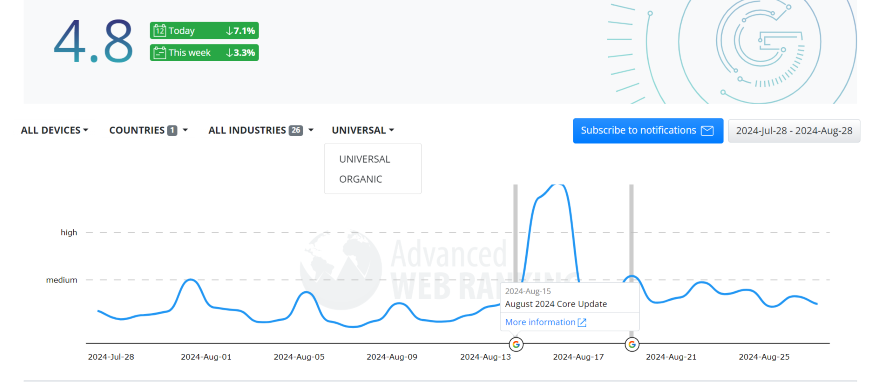
I recommend staying on top of these changes, so you can ensure that your basic SEO strategy is up to date. To stay informed, you could follow industry experts such as SEO influencers, sign up to SEO courses online, or attend popular SEO conferences to keep building up your knowledge. The more work you put in, the better prepared you’ll be for any significant changes down the line.
2. Conduct Keyword Research
When learning your SEO basics, you can’t avoid keyword research. In layman’s terms, it’s the process of finding – and analyzing – the words and phrases that your audience is typing into search. These searches are often:
- Transactional – When a user wants to make a purchase. This could include a product or service (like “ladies umbrellas” or “fitness coach near me”) that fulfills a specific need.
- Navigational – When a user wants to find a specific website or company (like “Facebook” or “Levi”).
- Informational – When a user wants to find information about a topic (like “What is the capital of Japan” or “When did WW2 finish”).
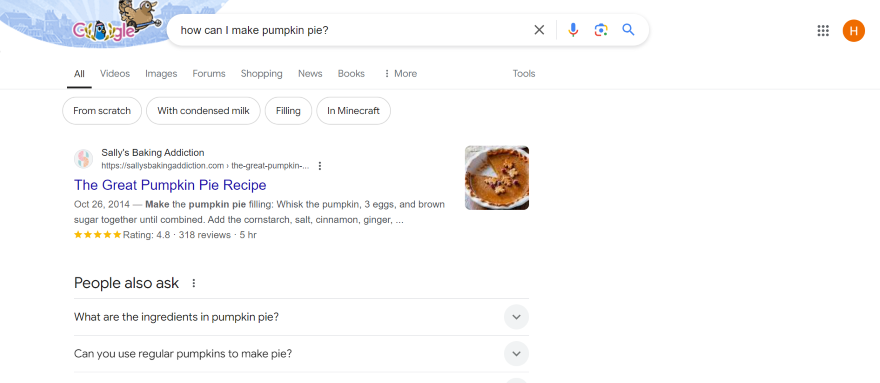
Once a user has typed in a transactional, navigational, or informational query, Google will scan other websites and look for keywords that are related to their search. It’s important to know what keywords your audience are looking for. Once you know which words to naturally integrate into your content, you’ll have a better chance of showing up in the results pages for their queries!
To cover this SEO basic, I recommend using a keyword research tool to identify important keywords. Most online platforms can generate keywords relating to your business’ industry, and will show you the search volumes of popular keywords (the approximate number of users searching for them each month). A few tools to consider include:
- Google Trends – A valuable free tool to use, Google Trends shows you the topics that are currently popular with Google users. Google recently added a new feature to the tool, called “Trending Now”, which shows you the most popular searches based on what’s being talked about right now.
- Semrush – The platform is home to numerous tools that will help you find popular keywords, such as its “Keyword Magic Tool” that generates keywords based on a given topic. Your first 10 searches are free, though you’ll need to upgrade to a paid plan if you need more. However, 10 searches a day should be enough for small businesses.
- Answer the Public – Want to know which questions your audience is searching for on Google? Enter a keyword into Answer the Public, and it’ll generate a list of questions for you. If you register for free, you’ll get three free searches per day.
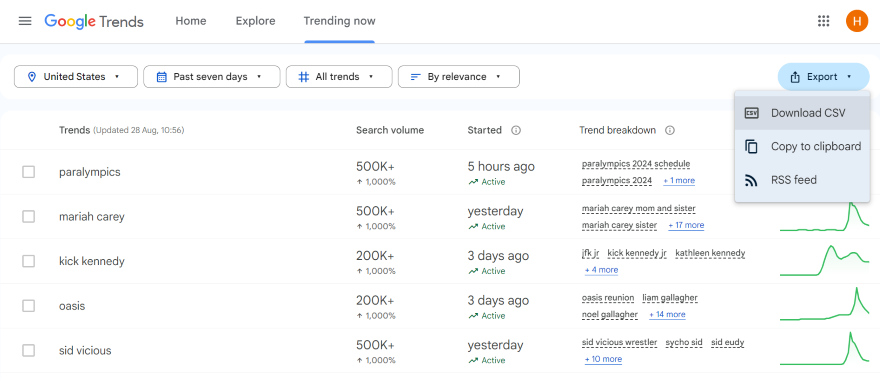
As you use these tools, you’ll want to create a document (a spreadsheet will do) where you can record the keywords you’ve found. You can then start coming up with relevant website content ideas based on your findings. For instance, if the keyword “best egg-free recipes” is popular in search, then you could write up a few recipes to post on your food blog.
How Do I Add Keywords to My Content?
When adding keywords to your web pages, you need to make sure that they’re organically integrated into your content. For instance, if your page has a keyword that’s repeated in an unnatural way, Google could penalize your website for keyword stuffing (the opposite of SEO best practice).
Instead, begin by identifying a page’s primary and secondary keywords. Primary keywords should capture what your page is about and be the main focus of your content, while secondary keywords will be closely related to your primary keyword. For example:
- Primary = “best false eyelashes”
- Secondary = “best false eyelashes for beginners” and “best natural looking false eyelashes”
You can then start adding these primary and secondary keywords to your content. If you need help with where to place them on the page, here are a few pointers:
| Where to add keywords | What is it? | Top tip |
|---|---|---|
| Meta title | Your page’s title that appears in Google search results. | Try to place your keyword near the front of your meta title. Also, keep the title between 50-60 characters – anything longer could get cut off in search results. |
| Meta description | A short summary of your page that appears in Google search results. | Use your primary keyword at least once in the meta description. |
| Headings | These are used to break up your web page’s text and make it more digestible for users. This includes H1s, H2s, and H3s. | A H1 is your article’s main title, so just use a primary keyword there. For H2s or H3s, you can feature secondary keywords to answer more targeted questions about the topic. |
| Article body | The main contents of your web page. | Make sure that your primary keyword is included in the first 200 words and last 200 words of your article body. |
What Are Local SEO Keywords?
If your business caters to people in your area, then you need to use local SEO on your website. This will help your target audience find you online, since they’ll be most likely typing in keywords that are relevant to their location.
For instance, Philadelphians who need a cake making service are likely to search for “celebration cakes philadelphia” to find local makers.
3. Carry Out On-Page Optimization
While you create content for your website, you’ll also want to make sure that each individual page is optimized for search. Though I’ve already covered keywords, there are SEO basics to cover as you go along, including:
- Internal links – When you link between different pages on your website, it helps web crawlers understand your site even better. Make sure that the words you’re hyperlinking accurately reflect the new page you’re taking readers to. For instance, the anchor text “purchase white trainers” should logically take them to a page where you can buy white trainers.
- Alternative text – Important for SEO and your website’s accessibility, alternative or “alt” text describes to visitors what’s contained in your website’s imagery. Ensure that your wording clearly tells a user what’s pictured – visually-impaired visitors using screen readers will appreciate these efforts too!
- URLs – Make sure that the URL of a web page reflects the content inside. If possible, feature your primary keyword. As a general rule of thumb, keep the URL short, uncomplicated, and avoid using numbers.
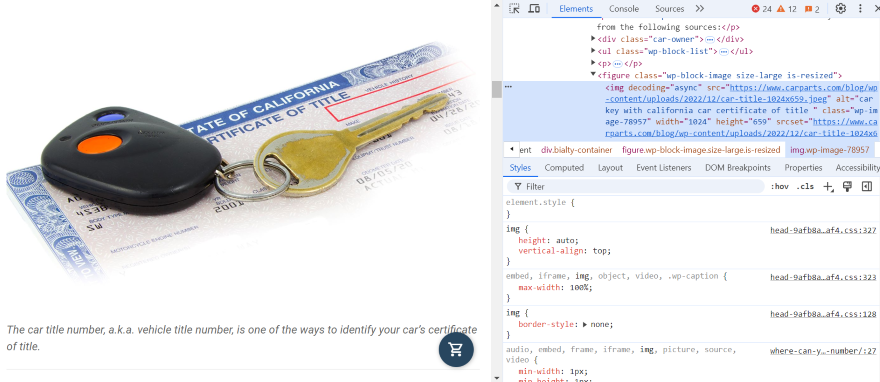
Most importantly, you need to make sure that your content is helpful for readers. Google prioritizes content that puts people first, so ensure that your web pages fulfill your reader’s needs. Think about why they might be on a specific page in the first place. Does your content give them what they’re looking for?
Why Is On-Page Optimization Important?
When Google crawls your website, it’ll be looking out for key SEO signals that indicate if your page’s content is relevant to users. So, the better your web pages are optimized – be it through targeted keywords, helpful content, or strong meta titles and meta descriptions – the more likely that your website will show up in search results.
Not only will this increase your website’s visibility online, but it’ll also impress site visitors with content they find genuinely useful and easy to digest. Strong written content will provide readers with the knowledge they need, while clear headings and descriptive alternative text ensures that your website can be read and understood by anyone.
4. Carry Out Off-Page Optimization
On top of on-page optimization, you’ll also have to get to grips with off-page optimization that takes place outside of your website. It can boost your website’s search result rankings further, and build awareness of your business among new audiences. Here are a few avenues I recommended looking into:
- Backlinks – This is when another, authoritative website in your industry links back to your website, boosting its credibility and trustworthiness in the process. Popular forms of link building include guest posting (when you create and post content on another website), or having your expert opinions featured in someone else’s content that links back to your page.
- Social media SEO – To increase traffic to your website, you should also optimize your social media profiles with relevant keywords for better visibility.
- Influencer marketing – Successful influencers will already have a number of engaged followers, so it’s worth tapping into their audience. By conducting influencer outreach, you can contact popular individuals in your industry and get them to promote your product or service – and score another link back to your website!
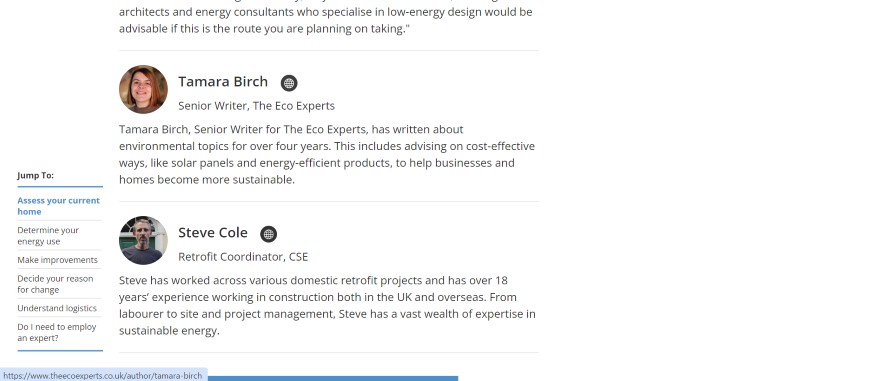
5. Check Your Website’s Technical SEO
No SEO 101 would be complete without mentioning technical SEO. This refers to basic SEO practices that optimize your website’s performance, ensuring that it’s fast, secure, mobile-friendly, and structured in a way that makes sense to both Google and your website’s visitors.
Google’s Core Web Vitals, a ranking factor first introduced in June 2021, is an important factor to take into consideration because it does contribute to your website’s visibility on search. In fact, it covers many technical SEO factors that I’ve broken down for you below:
- Website load times – Slow website load times aren’t just an annoyance for users, but they can also impact your search rankings. For instance, Google’s Largest Contentful Paint (LCP) metric, measures the time it takes for your page’s main content to load. If a page loads too slowly, then it’s less likely to show up high on search since it leads to a substandard user experience.
- Mobile-first – Google prioritizes mobile-first design when crawling different websites, so make sure that your website is responsive on mobile. Ensure that photos load, buttons aren’t hidden on the screen, and that any ads don’t get in the way of your content.
- Website architecture – This refers to the way your website and its pages are organized, and how easy they are for users to navigate. Additionally, a neat and tidy website will also help Google’s bots out, since it’s easier for them to crawl through your website and its content.
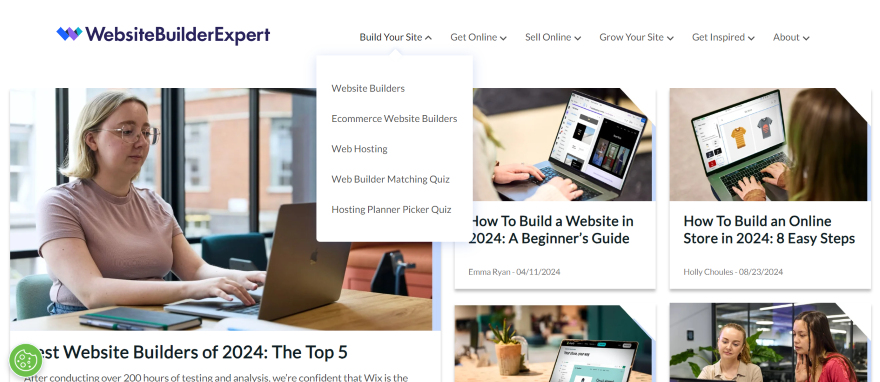
6. Build Your Content Marketing Strategy for SEO
Your content marketing strategy has to be the most exciting part of your basic SEO, since it gives you the chance to create relevant and consistent content for your audience. The goal? To create optimized content that ranks well, while also building further engagement and conversions from audiences.
Content, in this sense, covers any written or visual resources that your audience will want to engage with. It could span blog posts, case studies, emails, and even videos.
But how does content marketing help SEO? Well, posting high-quality content is a fantastic way to boost your website’s visibility and authority across search engines. It can help you:
- Increase backlinks to your website. If another, high-authority brand likes your content, then they may link back to your page from their own.
- Bring media attention to your business. Your unique insights could impress media outlets and lead to extra exposure for your website.
- Spread across social media. A video going viral on social media will definitely bring more attention to your business.
- Build a loyal audience base. If your content is popular with audiences, they’re likely to keep coming back for more and engage with your website in the long term.

When creating a content marketing strategy for your business, whether that’s through an optimized blog or exclusive case studies, you need to keep the SEO basics we’ve covered in mind.
Remember, the content you create should fulfill the reader’s needs, feature targeted keywords that your audience will be looking for, and be easy for both real people and search engines to crawl.
7. Measure Your Website’s SEO Performance With Analytics
SEO is a continual process. Since you’ll be refining your SEO strategy regularly, you need a way to monitor your progress – and that’s where analytics platforms come in.
I recommend connecting your website with Google Analytics. As of 2024, Google Analytics 4 (GA4) is the most recent version of the popular free SEO tool, allowing you to track user activity across your website on a daily, monthly, and weekly basis. It also covers basic SEO metrics that can tell you where your website’s organic traffic from search is coming from:
- Device – Insights on whether users are visiting your website on mobile or desktop devices.
- Landing page – Shows you which pages your visitors are landing on when they enter your website.
- Region – Reveals which countries visitors are accessing your pages from.
- Source – The search engines users are coming from, whether that’s Google, Bing, or Yahoo.
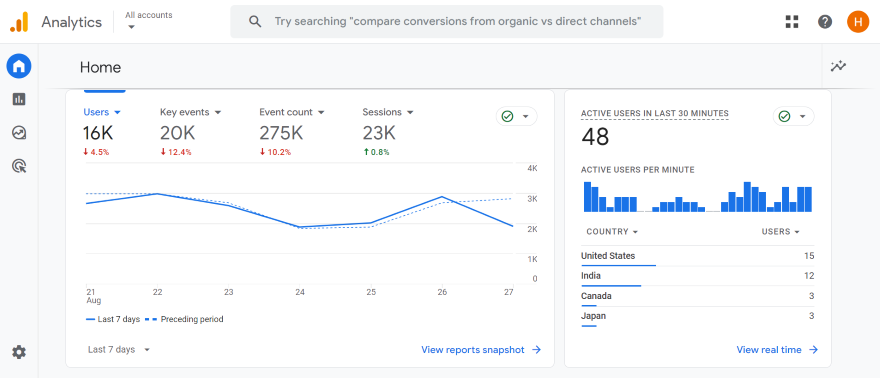
The platform also gives you the opportunity to inspect your website’s conversion rate to see if users are completing a specific action on your website, alongside the bounce rate which will tell you how long users are spending on a page before clicking off of it.
If you want to track the ranking of your targeted keywords, then I suggest connecting your website with Google Search Console too (it’s also free to use). On the “Queries” tab, you can see which keywords you’re currently ranking for and how high up in the search engine results pages that they’re appearing.
| Latest Google Search Console News |
|---|
| Google Search Console is about to become more useful for SEO too. In August 2024, Google announced a new SEO advice feature that gives you personalized recommendations on which parts of your website you should optimize for search. The feature is currently in testing, but Google is expected to roll it out in the coming months. |
It’s important that you consistently track your website’s SEO. Through careful monitoring, you can identify any problem areas and create an action plan, see if key landing pages need re-optimizing according to new changes in ranking factors, or if you need to integrate fresh keywords into your website’s content.
SEO Basics: Summary
So you’ve gone through the SEO basics, but what next? Well, it’s time to put these learnings into practice.
However, even once you’ve gotten the hang of your website’s foundational SEO, you can’t just stop there. As we’ve seen with Google’s constant algorithm updates, the discipline is constantly evolving every day, so make sure that you’re keeping abreast of the latest industry news and applying it to your strategy.
Remember, you need to put the work in if you want Google to index your pages, so don’t forget to conduct regular website audits. This will ensure that you’re not missing out on anything important that could damage your rankings.

Leave a comment